Imagine a maritime chokepoint that is only 29 nautical miles (54km) wide at its narrowest point, but is the only route for one-third of the world’s crude oil and one-fifth of its liquefied natural gas (LNG) transported by sea each day. That is the Strait of Hormuz, a strategic gateway connecting the resource-rich Persian Gulf to the Gulf of Oman and the vast Arabian Sea.
The US Energy Information Administration (EIA) does not hesitate to call this " the world's most important oil bottleneck" - a title that is enough to show its irreplaceable stature and role.
As tensions between Israel and Iran escalated to a fever pitch with airstrikes and threats of retaliation, especially Tehran’s warning to “shut down Hormuz,” global energy markets immediately “held their breath.” Investors and analysts are now contemplating the worst-case scenario: What would happen if this lifeline were actually severed?
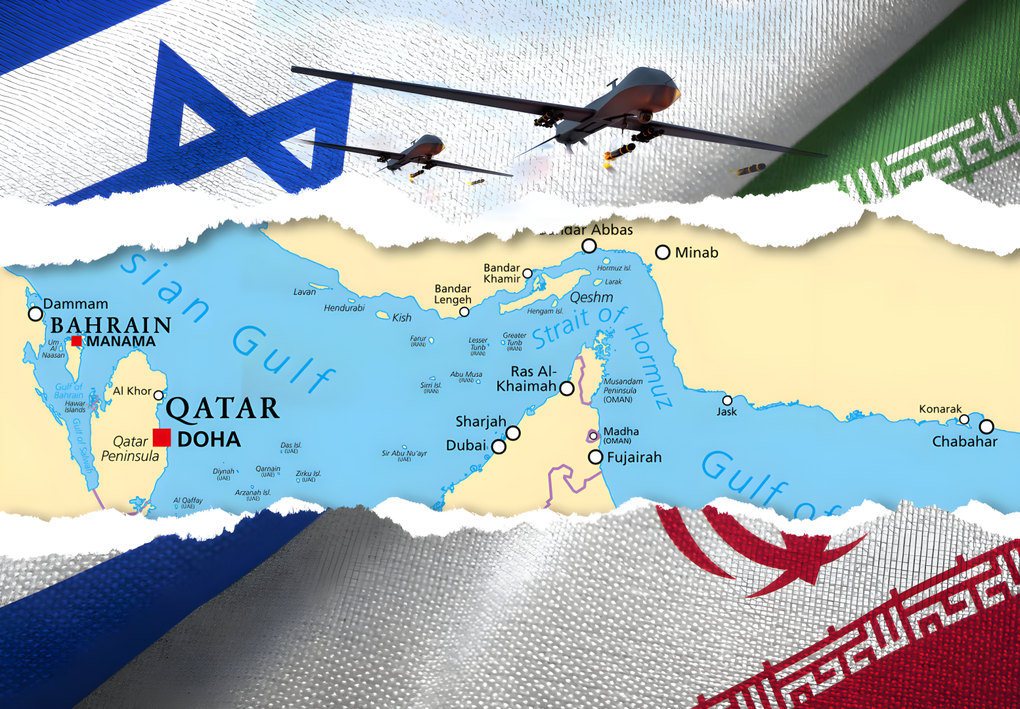
The Strait of Hormuz (a narrow passage only 29 nautical miles wide between the Persian Gulf and the Arabian Sea) is becoming the focus after the Israel-Iran conflict broke out again (Illustration: Azernews).
Why does the world "survive" thanks to Hormuz?
By 2023, according to the International Energy Agency (IEA), about 20 million barrels of crude oil and refined products will pass through the Strait of Hormuz every day. That’s nearly 30% of the world’s total oil trade, with about 70% of that oil flowing to Asia, with consumer giants like China, India, and Japan as key customers.
While some overland pipelines are considered alternatives, their capacity is extremely limited. The IEA estimates that only about 4.2 million barrels per day could be diverted via routes such as Saudi Arabia’s East-West pipeline (which leads to the Red Sea) or the United Arab Emirates’ (UAE) crude pipeline to the port of Fujairah. That is only about a quarter of the total daily flow through Hormuz.
The consequences do not stop there. The IEA warned: "Any prolonged crisis in the Strait of Hormuz would not only disrupt supplies from major exporters such as Saudi Arabia, the UAE, Kuwait, Iraq and Qatar, but would also render a large part of the world's spare capacity, which is concentrated mainly in the Gulf, unavailable." In other words, the world would lose its most important oil "safety valve."
The picture is even bleaker for the LNG market, with all LNG exports from Qatar, the world’s second-largest producer, and the UAE passing through the Strait of Hormuz.
In the first 10 months of 2023, about 90 billion cubic meters of LNG were shipped through this route, accounting for 20% of the total global LNG trade. With no viable alternative route, any disruption at Hormuz would immediately tighten global LNG supplies.
About 80% of this LNG is destined for Asia, the remaining 20% is supplied to Europe. This means that if Hormuz is blocked, fierce competition for LNG supply between regions, in the context of an already tight market, is inevitable.
The IEA concluded bluntly: "The amount of oil passing through the Strait of Hormuz is so large, while alternative routes are so few, that even a short disruption could have serious consequences for global energy markets."
Nightmare scenario: Where will oil prices go if Hormuz is blocked?
Although experts still consider the scenario of a complete blockade of the Strait of Hormuz to be unlikely due to unpredictable geopolitical and economic consequences, this risk alone is enough to "shake" the market.
Crude oil prices surged as much as 13% in just one week as tensions between Israel and Iran escalated. Although they later eased after the initial attacks did not directly damage Iran’s oil infrastructure, the specter of a wider conflict still looms.
Wall Street has not been slow to quantify the scenarios. Goldman Sachs, one of the leading investment banks, warned that in the extreme case of a prolonged blockade of the Strait of Hormuz, oil prices could easily surpass $100 a barrel.
Currently, Iran produces about 3.6 million barrels of crude oil and 0.8 million barrels of condensate per day, with total seaborne exports averaging about 2.1 million barrels per day, mainly flowing to China.
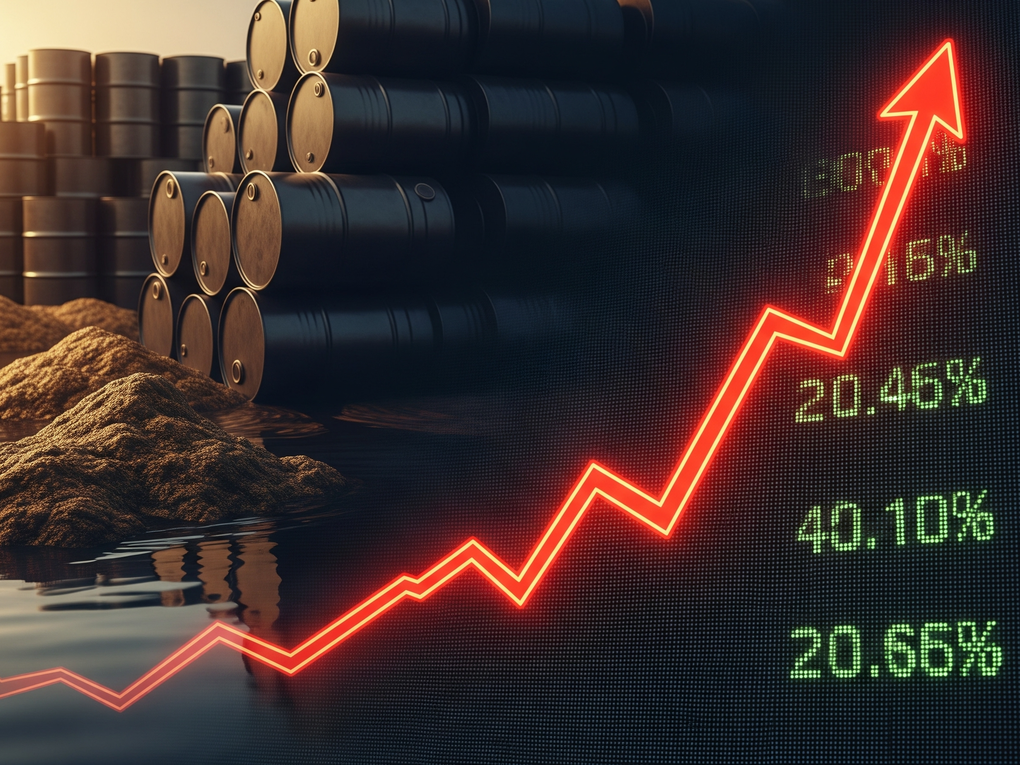
Crude oil prices surged 13% immediately after Middle East tensions escalated (Illustration: Gemini).
Warren Patterson, head of commodity strategy at ING, said the market has begun to “price in” geopolitical risk at a higher level following recent developments. “A disruption in Iranian oil supplies could evaporate the expected surplus in the fourth quarter of 2025, pushing Brent closer to $80 a barrel,” he said.
However, that is just the “prelude”. Patterson warned that a more serious scenario, such as a blockade of the Strait of Hormuz, would have much more dramatic effects.
“Nearly a third of global seaborne crude oil passes through this strait,” he said. “If this flow is significantly disrupted, oil prices could spike to $120 a barrel, especially since much of OPEC’s spare capacity is in the Gulf and would be ‘isolated’ in the event of a crisis.”
He also noted that the current tensions also have significant implications for the European gas market.
Source: https://dantri.com.vn/kinh-doanh/israel-iran-xung-dot-hormuz-co-the-khien-ca-the-gioi-khat-dau-20250618200147057.htm


















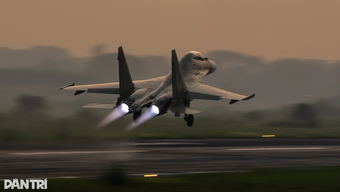








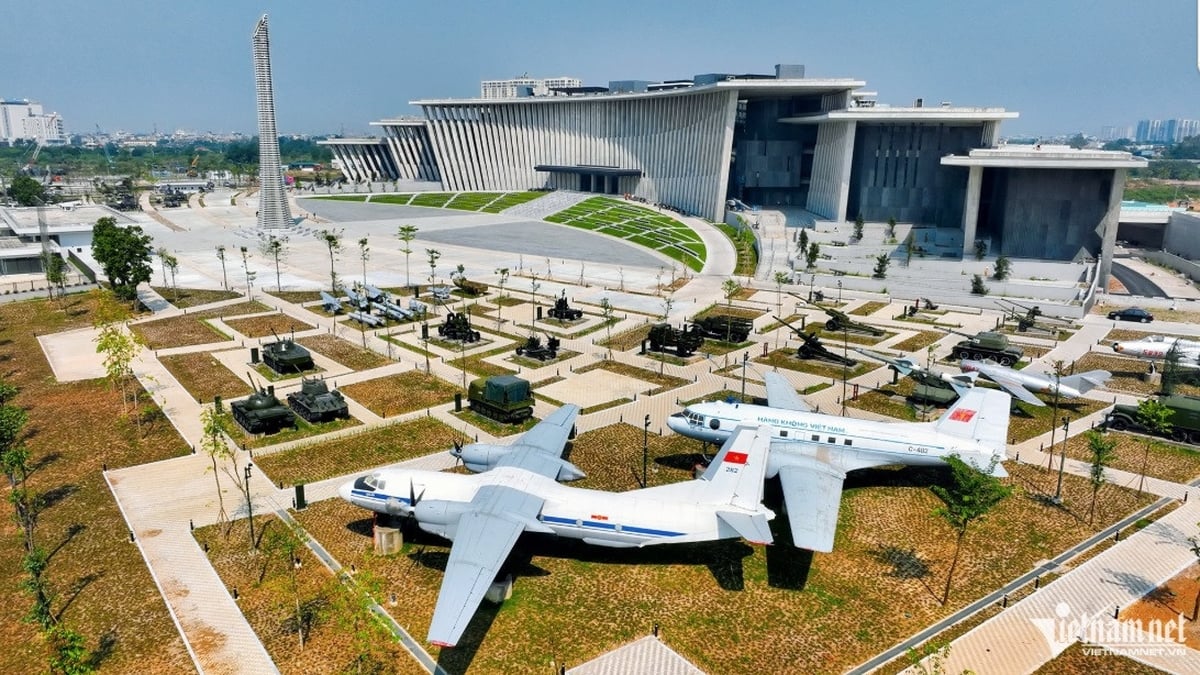
































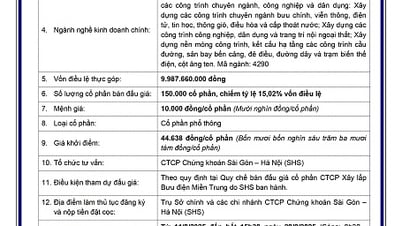
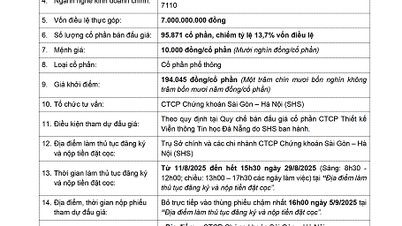











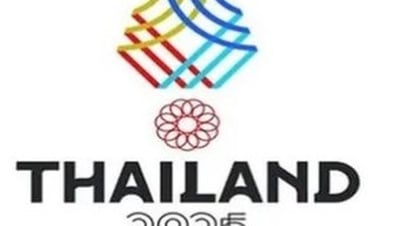



























Comment (0)